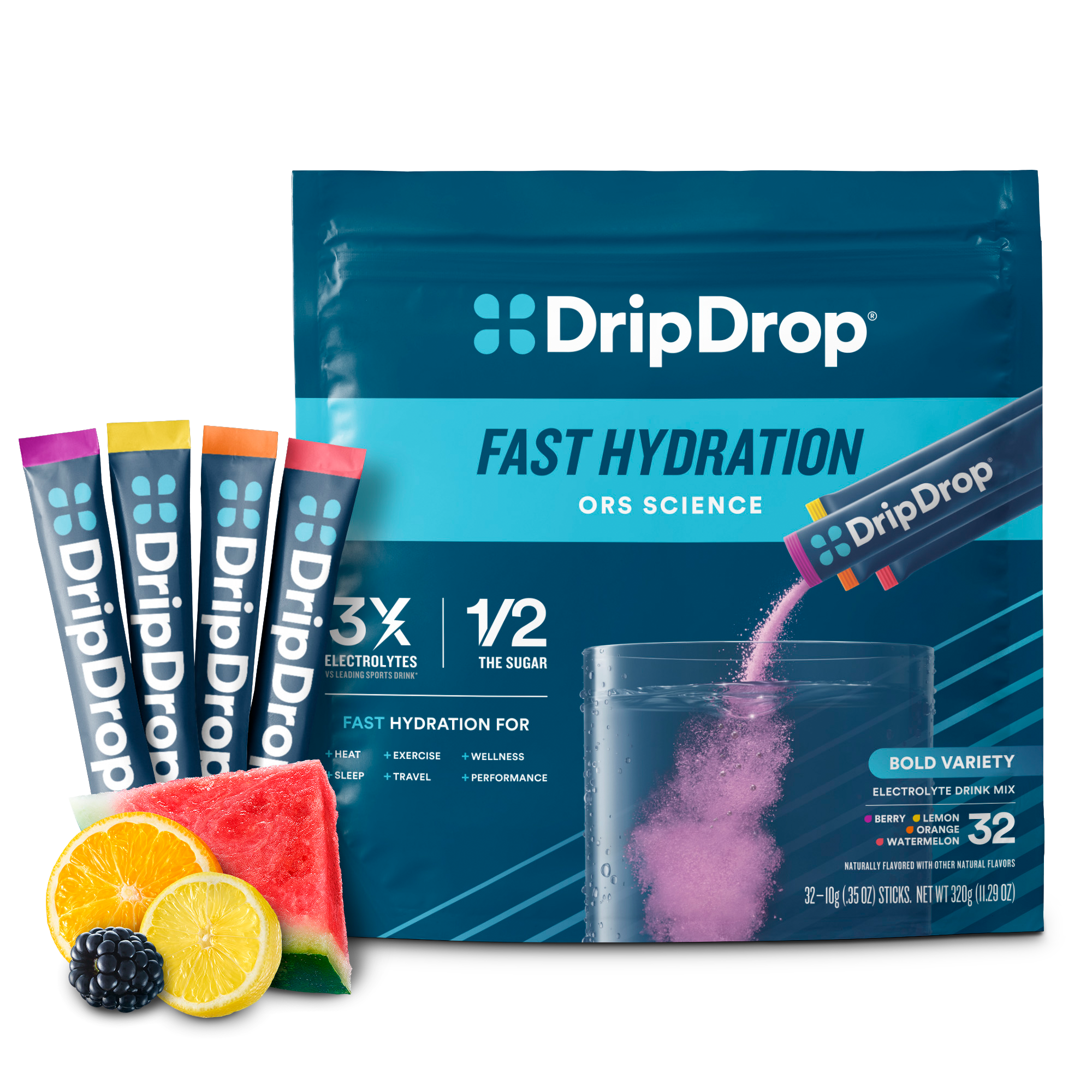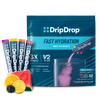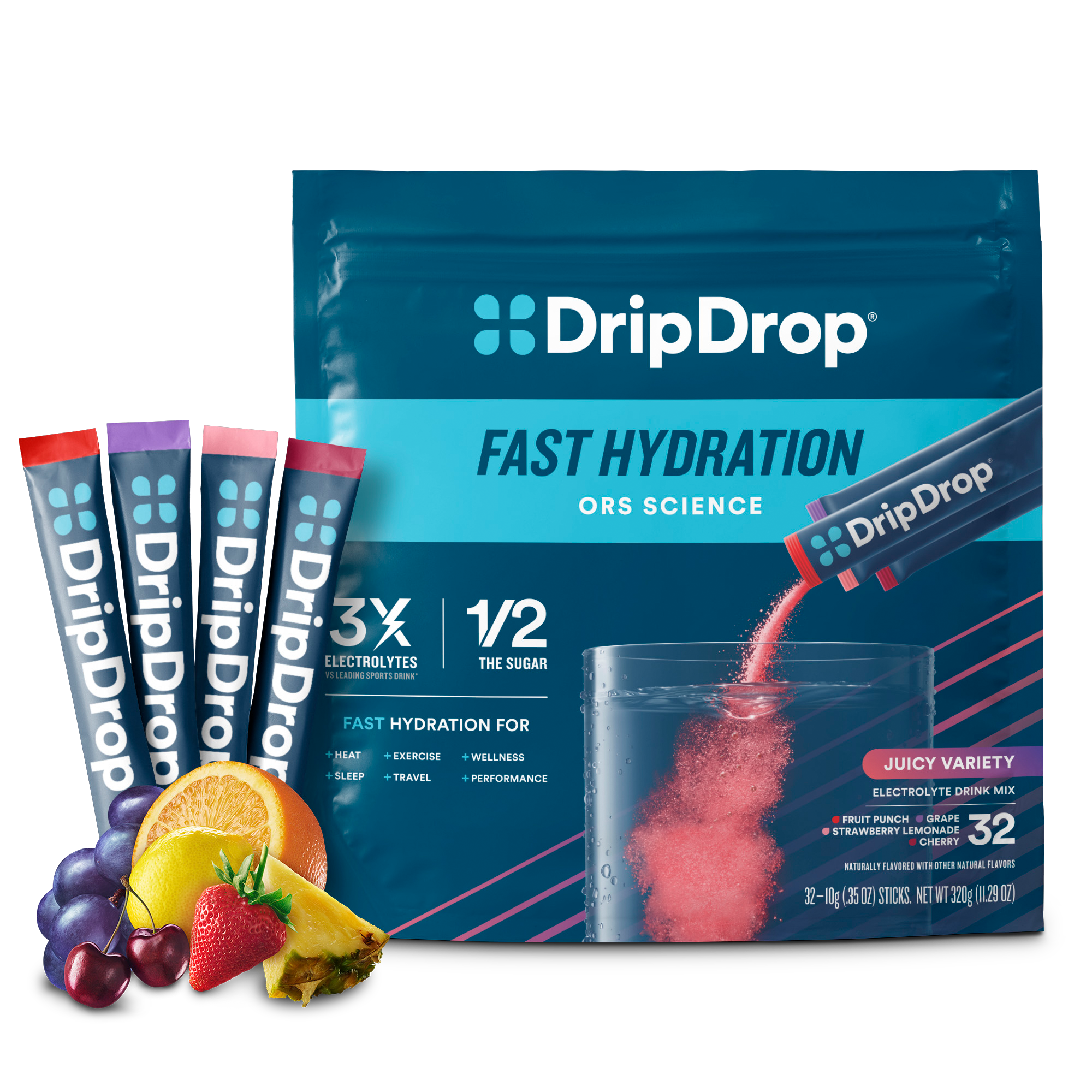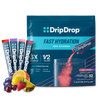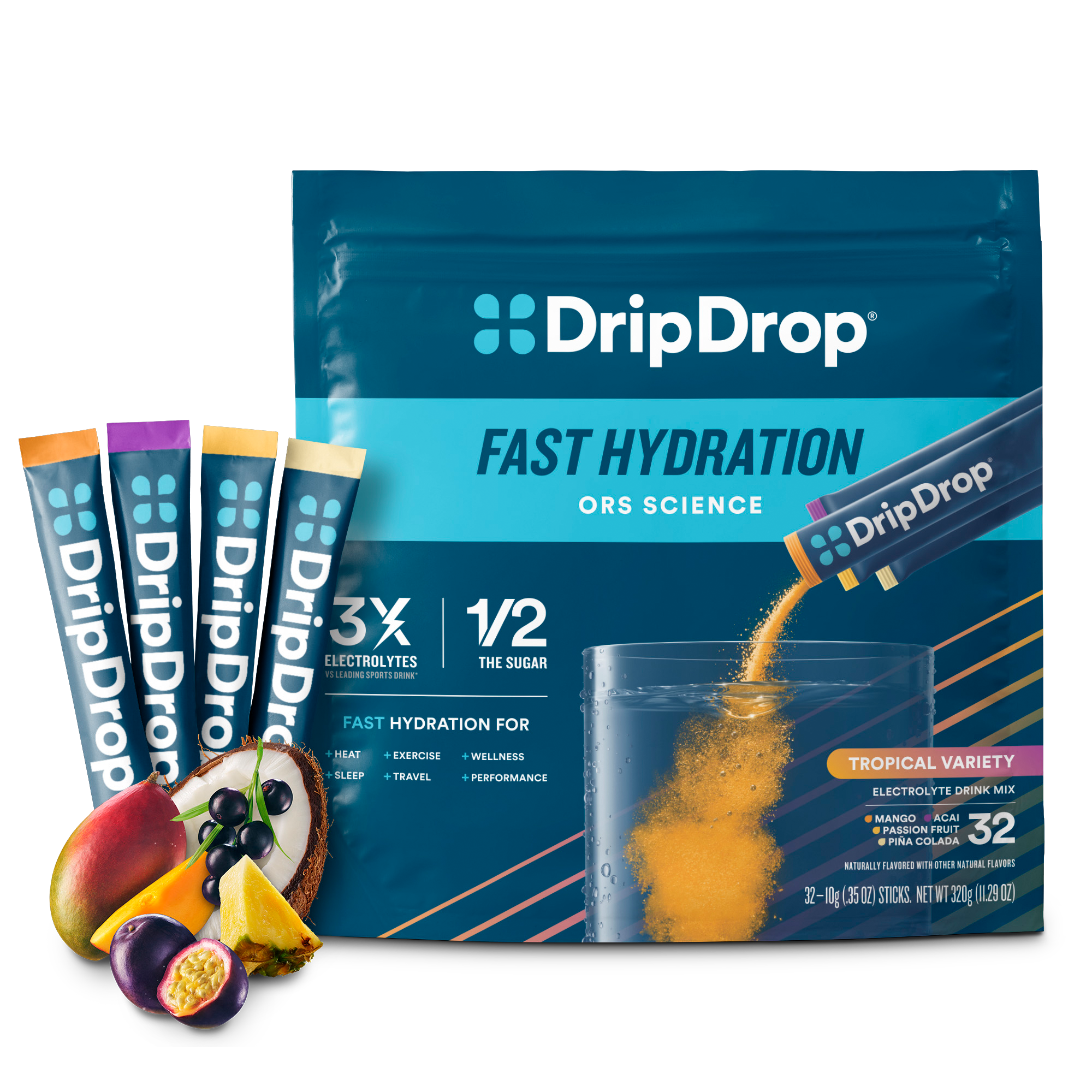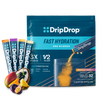
Common Sense Hydration
Sodium: from villain to hero.
by Dr. Eduardo Dolhun
Almost every month, there is seemingly contradictory medical and health information that is generated. Certainly, over the last two decades there are significant examples of profound changes in our understanding and what we recommend. In 2001, hormone replacement therapy for woman went from a reflexive prescription at menopause to being severely curtailed after the publication of the Women’s Health Initiative. During this same time, sugar evolved from not just being bad from your teeth, but now is understood to be a major driver of cardiovascular disease. Who would have thought back in the day that sugar could promote heart disease?
In the same way, our (my understanding) of sodium has undergone a radical shift in understanding. As I wrote in my las blog, I was trained in the subtle nuances of administering IV fluids-all of which are a variation on the theme of salty water: sodium and H2O. Both are equally important.
Somehow, over the last two to three decades there was an unlinking in our general appreciation of how they work together. Somehow water took on the sole role of being the hydration component and salt became a popular villain.
I often wonder how did this come about. I know for a fact that years ago, salt tablets were given to soldiers in order to not pass out in hot climates. Interestingly, the word soldier has its root in salt, as Roman soldiers were often paid in salt. The common saying “worth one’s salt” derives from this relationship.
I speculate that part of there reason behind the exhalation of water and the demonization of salt has to do with the fact that the FDA mandated the qualification of salt in all foods, yet there is no qualification of the water content of foods. And because the American diet is heavily processed and processed foods a packed with sodium chloride, it’s quite easy for the casual observer to make a causal link between salt and high blood pressure. It is my opinion, that the public health problems in the US are not linked to sodium but, rather, processed foods and inactivity.
The tide is turning, though. Whereas ten years ago, the salt taboo was at its peak, today, that notion-a pseudoscience myth-is being replaced with a more accurate understanding of this critical element to life.
Our bodies beautifully maintain a proper balance of salt and water, which is key to survival. And most of the time-if we listen to our body’s cues-it is regulated without us even realizing it. I liken it to the security system on my computer. It is working to protect me while I go on about my business and only calls my attention when there is a bigger problem.
About 30 years or so ago, in part due to the Running Revolution, and a new wave of physiology research individuals participating in sports began to consume ever increasing amounts of fluids, initially in the form of sports drinks. By the early part of the 21st Century, this thinking was expanded to plain and simple water. The argument was: water is good for me so if I drink more water, the healthier I will be. Working out with a bottle in hand became synonymous with being healthy.
A few months ago, I saw a young woman in a local gym with a clear plastic one gallon jug, with clear black lines demarcating the amount of water she needed to consume every ten minutes. The idea was to consume a gallon over her workout.
Consume a gallon of water during a normal workout? I was stunned to see the water myth being carried out to such extremes. First, our bodies have been fine tuned to go for long periods of time through rigorous environments without freely taking in free water during the whole event. Our forefathers and foremothers, were (and are) able to cross deserts, climb mountains, cross oceans, without consuming insane amounts of water.
Not only is unbridled drinking cumbersome and inefficient, it can be dangerous, both in the short-and long-term. I will explain the basic physiology. When we ingest water, it goes into our bloodstream, which causes our sodium concentration to drop. The body senses this and immediately adjusts by moving sodium from other “compartments,” the sodium around the cells and the sodium stored in the bones, connective, tissue and skin.
Small on moderate fluctuations can be easily dealt with but if the ingestion of free (bottled or tap) water is copious or is sustained on a regular basis several things can happen. The process of diluting the. Blood below normal sodium concentrations is called “hyponatremia.” In the short term-or acutely, as we say in medicine-I will urinate a lot more, feel more fatigued, have a harder time concentrating and, if severe enough, become confused, go into seizures and even die. Interestingly, hyponatremia was relatively uncommon 20 years ago.
If hyponatremia becomes a habit and sodium gradually is depleted from the bones, our bones become weaker and are more susceptible to fracture. Yes, drinking too much water while working out may significantly increase your risk of breaking your bones and accelerating osteoporosis.
(More on the role of sodium loss in osteoporosis in the future.)
It now clear that rehydration and proper hydration cannot be achieved without sodium. Sodium is inextricably linked to life and is the single most important element when it comes to hydration. Water alone is not smart and drinking too much of it without sodium is actually dumb. Smart hydration pairs salt and water.



